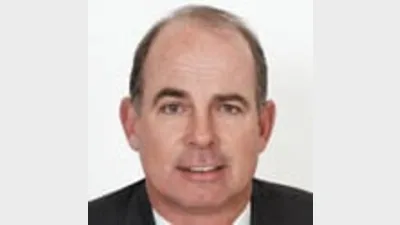IOOF posts loss and flags sale of insurance business



|
|
IOOF Holdings has flagged the sale of its life insurance business in its 2009 annual results, in which it posted a 32.1 per cent loss in net profit to $15.85 million.
In its first annual result since merging with Australian Wealth Management (AWM) in April, IOOF attributed the loss to adverse market impacts on funds under management, administration and advice (FUMA).
The group’s FUMA for the year to June 30, 2009, was $94.6 billion, representing little change from the balances at June 30, 2008.
Managing director Chris Kellaher said positive net inflows into the group’s products were offset by the adverse market conditions experienced during the year.
Previously head of AWM before the merger, Kellaher added that the sale of IOOF's life insurance business, subject to regulatory approval, would simplify its business and allow IOOF to focus on its core skill set of superannuation administration, distribution and investment management.
IOOF posted a fall in underlying net profit, excluding significant items, of 10.7 per cent to $23.12 million and a 2.6 per cent rise in revenue for the year to $290.85 million.
Two months of earnings from AWM were included in the result, along with four months of earnings from IOOF GlobalOne, previously known as Skandia, which was also acquired during fiscal year 2009.
The company said had these businesses been merged with IOOF for the full 12 months, underlying net profit after tax would have been $52.1 million.
IOOF's final dividend will be cut by 73 per cent to four cents, fully franked, down from 15 cents in the previous corresponding financial year. The company paid a special share dividend of 13 cents on July 3, 2009.
The profit drop occurred as IOOF offloaded non-core businesses, including Intech, and its stake in listed real estate investment trust Macarthur Cook.
Recommended for you
In this episode of Relative Return Insider, host Keith Ford and AMP deputy chief economist Diana Mousina break down the spike in inflation numbers and what it means for the possibility of a rate cut as we move into the new year.
In this episode of Relative Return Insider, host Keith Ford and AMP economist My Bui explore Prime Minister Anthony Albanese’s trip to the US and the critical minerals deal stemming from his meeting with President Donald Trump.
In this episode of Relative Return Insider, host Keith Ford and AMP chief economist Shane Oliver unpack the latest unemployment numbers and what they mean for a rate cut, as well as how the latest flare-up in the ongoing US–China trade dispute has highlighted the remaining disparity between gold and bitcoin.
In this episode of Relative Return Insider, host Keith Ford and AMP chief economist Shane Oliver take a look at the unfolding impacts and potential economic ramifications of the US government shutdown and the surge in gold and bitcoin prices.







